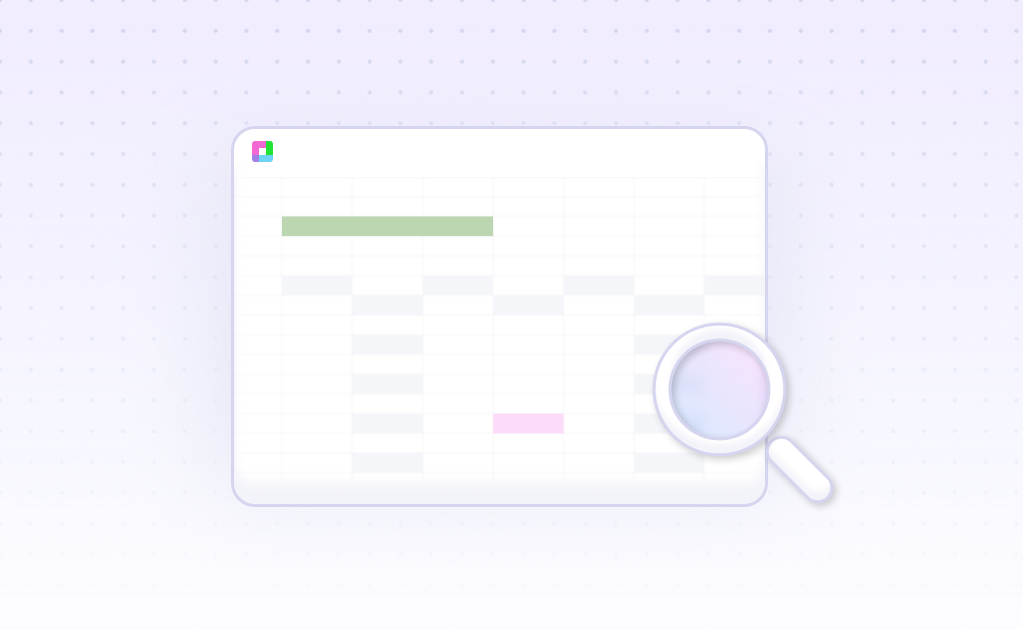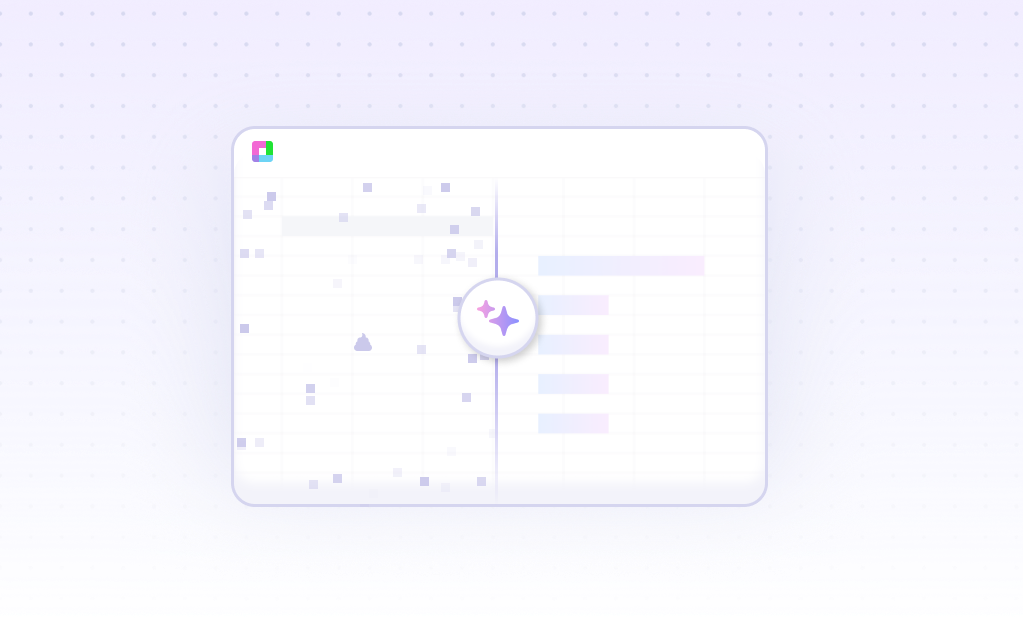
Every operations manager knows the drill: equipment breaks down at the worst possible moment, maintenance costs spiral out of control, and you're left scrambling to understand what went wrong. But what if you could predict these issues before they happen? What if you could turn your maintenance data from a necessary evil into your competitive advantage?
Equipment maintenance cost analysis isn't just about tracking expenses—it's about understanding patterns, predicting failures, and making data-driven decisions that keep your operations running smoothly while controlling costs.
Why Equipment Maintenance Cost Analysis Matters
Transform your maintenance operations from reactive firefighting to proactive optimization
Predict Equipment Failures
Identify patterns in maintenance data to predict when equipment is likely to fail, allowing you to schedule maintenance before costly breakdowns occur.
Optimize Maintenance Schedules
Balance preventive maintenance costs with the risk of unexpected failures to find the sweet spot that minimizes total cost of ownership.
Control Budget Overruns
Track maintenance spending across all equipment categories and identify where costs are trending higher than expected.
Improve Asset Utilization
Understand which equipment delivers the best return on investment and make informed decisions about replacements and upgrades.
Reduce Downtime Costs
Minimize the hidden costs of equipment downtime by scheduling maintenance during planned outages and preventing emergency repairs.
Benchmark Performance
Compare maintenance costs across similar equipment, locations, or time periods to identify best practices and improvement opportunities.
Equipment Maintenance Analysis in Action
See how different industries leverage maintenance cost analysis to optimize operations
Manufacturing Equipment Analysis
A manufacturing facility analyzed three years of maintenance data for their production line equipment. By tracking mean time between failures (MTBF) and maintenance costs per machine, they discovered that older conveyor systems had 40% higher maintenance costs but only 15% more downtime. This analysis led to a strategic replacement plan that reduced total maintenance spend by $200,000 annually while improving line efficiency.
Fleet Vehicle Maintenance Optimization
A logistics company tracked maintenance costs across their 500-vehicle fleet, analyzing costs per mile, frequency of repairs, and seasonal patterns. They found that vehicles in certain routes had 60% higher maintenance costs due to road conditions. By adjusting routes and implementing condition-based maintenance schedules, they reduced per-vehicle maintenance costs by 25% while extending vehicle lifecycles.
HVAC System Cost Analysis
A facility management company analyzed HVAC maintenance across 50 commercial buildings. By correlating maintenance costs with equipment age, usage patterns, and environmental factors, they identified that proactive filter replacement and quarterly tune-ups reduced emergency repair costs by 70%. This data-driven approach helped them develop predictive maintenance contracts that improved customer satisfaction while increasing profit margins.
Critical Equipment Failure Prevention
A chemical processing plant analyzed maintenance records for critical pumps and compressors. By tracking vibration data, temperature readings, and maintenance intervals, they developed a predictive model that reduced unplanned downtime by 85%. The analysis showed that increasing preventive maintenance frequency by 20% reduced total maintenance costs by 35% while eliminating costly emergency shutdowns.
How to Perform Equipment Maintenance Cost Analysis
A systematic approach to analyzing your maintenance data and extracting actionable insights
Data Collection and Organization
Start by gathering maintenance records, work orders, parts costs, labor hours, and equipment specifications. Organize this data by equipment type, location, age, and maintenance category. Include both planned and unplanned maintenance activities to get a complete picture of your maintenance operations.
Cost Categorization and Tracking
Break down maintenance costs into categories: preventive maintenance, corrective repairs, emergency fixes, parts, labor, and contractor services. Track these costs over time and by equipment to identify trends and patterns. Don't forget to include indirect costs like downtime and lost production.
Performance Metrics Calculation
Calculate key performance indicators such as maintenance cost per unit of production, mean time between failures (MTBF), mean time to repair (MTTR), and overall equipment effectiveness (OEE). These metrics provide benchmarks for comparing equipment performance and maintenance efficiency.
Pattern Analysis and Insights
Look for patterns in your data: Which equipment has the highest maintenance costs? Are there seasonal variations? Do certain maintenance activities correlate with reduced failures? Use statistical analysis to identify significant trends and predict future maintenance needs.
Optimization and Decision Making
Use your analysis to make informed decisions about maintenance schedules, equipment replacement, inventory management, and resource allocation. Develop predictive models to forecast maintenance needs and budget requirements. Create action plans based on your findings.
Essential Equipment Maintenance Metrics
Successful equipment maintenance cost analysis relies on tracking the right metrics. Here are the key performance indicators that provide the most valuable insights for operations managers:
Cost-Based Metrics
Reliability Metrics
By tracking these metrics consistently, you can identify trends, benchmark performance, and make data-driven decisions about your maintenance strategy.
Overcoming Common Analysis Challenges
Equipment maintenance cost analysis can be complex, but understanding common challenges helps you prepare for success:
Data Quality Issues
Incomplete or inconsistent maintenance records are the biggest obstacle to effective analysis. Equipment might be tracked under different names, maintenance categories may not be standardized, and historical data might be missing. The solution is to establish clear data collection standards and gradually build a comprehensive database.
Hidden Costs
Many organizations only track direct maintenance costs—parts and labor—while ignoring indirect costs like production losses, energy inefficiency, and safety impacts. Include these hidden costs in your analysis for a complete picture of equipment performance.
Comparing Different Equipment Types
It's challenging to compare maintenance costs across different types of equipment with varying ages, usage patterns, and criticality levels. Use normalized metrics like cost per operating hour or cost per unit of output to make meaningful comparisons.
Balancing Prevention and Correction
Finding the optimal balance between preventive maintenance (which costs money upfront) and corrective maintenance (which risks unexpected failures) requires careful analysis of failure patterns and cost trade-offs.
Frequently Asked Questions
What data do I need to start equipment maintenance cost analysis?
You'll need maintenance work orders, parts costs, labor hours, equipment specifications, and failure records. Start with whatever data you have available—even incomplete records can provide valuable insights. The key is to begin collecting standardized data going forward while working with historical information.
How often should I perform maintenance cost analysis?
Perform basic analysis monthly to track trends and identify immediate issues. Conduct comprehensive analysis quarterly to evaluate maintenance strategy effectiveness and make budget adjustments. Annual analysis should focus on strategic decisions like equipment replacement and long-term maintenance planning.
What's the difference between reactive and predictive maintenance analysis?
Reactive analysis looks at historical data to understand what happened—costs, failures, and patterns. Predictive analysis uses historical data to forecast future maintenance needs, predict failures, and optimize maintenance schedules. Both are valuable, but predictive analysis provides more strategic value.
How do I handle equipment with different ages and usage levels?
Normalize your data using metrics like maintenance cost per operating hour, cost per unit produced, or cost per asset value. Group similar equipment together and use statistical methods to account for age and usage differences. Consider creating separate analysis for different equipment categories.
What's a good benchmark for maintenance costs?
Maintenance costs typically range from 2-10% of asset replacement value annually, depending on industry and equipment type. However, focus on your own trends and improvements rather than industry averages, as every operation is unique. Track your ratios of preventive to corrective maintenance—a good target is 80% planned, 20% unplanned.
How can I justify increased preventive maintenance spending?
Show the total cost of ownership, including downtime costs, emergency repair premiums, and production losses. Calculate the ROI of preventive maintenance by comparing the cost of planned maintenance to the historical cost of failures. Use reliability metrics like MTBF improvements to demonstrate value.
Frequently Asked Questions
If your question is not covered here, you can contact our team.
Contact Us




